This website uses cookies so that we can provide you with the best user experience possible. Cookie information is stored in your browser and performs functions such as recognising you when you return to our website and helping our team to understand which sections of the website you find most interesting and useful.
Emilia Romagna: land of fast cars and slow food
By Sam Bradley | 19 August 2022 | Cars & Yachts, Food & Drink, Travel
Sam Bradley takes a scenic tour through the land of Massimo, Pavarotti and Ferrari to explore a region famed for appreciating the finer things in life.
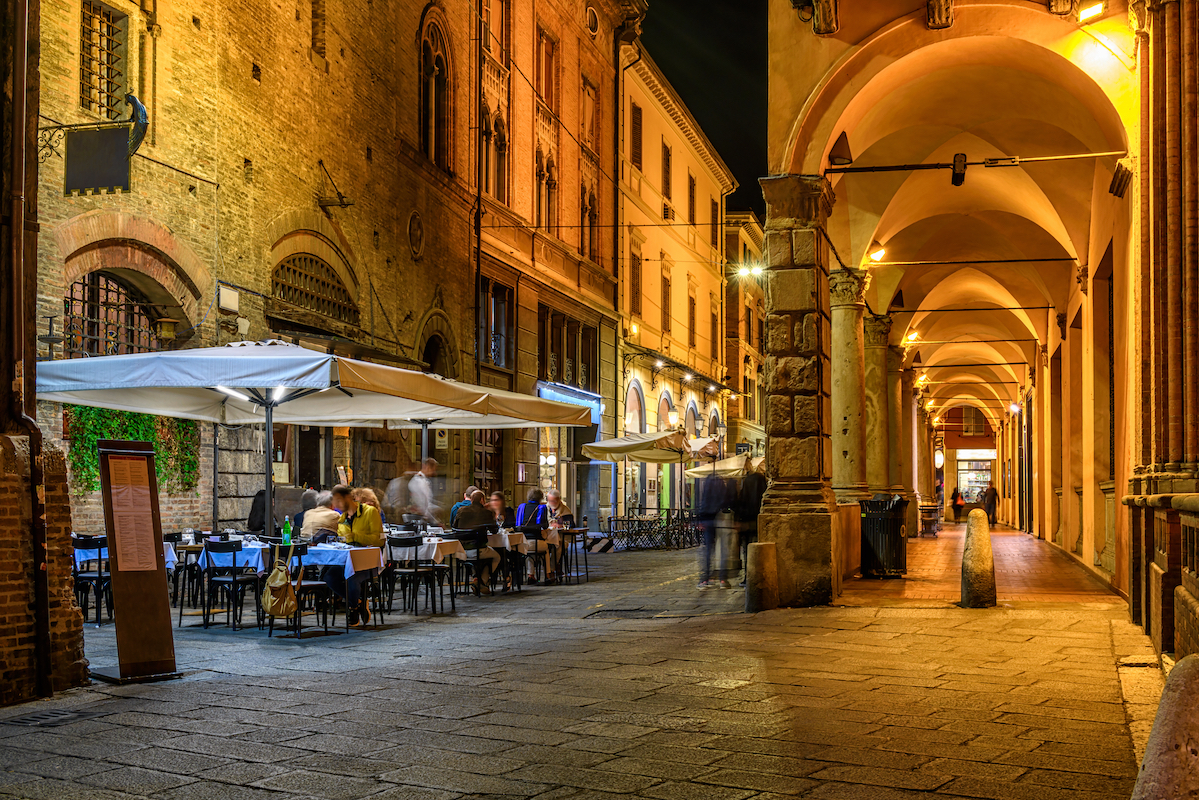
Steve Jobs said you can tell a lot about a person by who their heroes are. I think the same is true of nations: the Russians have their chess Grandmasters, the Norwegians their snow skiers and New Zealand their rugby players. In Emilia Romagna in northern Italy, its heroes point to many interests: the acclaimed Massimo Bottura, one of the world’s top chefs, is a worthy son of a region obsessed with culinary delights.
The late Luciano Pavarotti, famed operatic tenor, accurately conveys the regions love of culture, music and the arts, while the late Enzo Ferrari, founder of the world-famous car brand, elegantly represents a people obsessed with luxury motors. These interests (food, culture, and cars) also hint at a place that is wealthy, peaceful and beautiful. The region boasts the oldest university in the Western world, at least ten UNESCO world heritage sites, more Michelin starred restaurants than you could shake a fist at, one of the highest quality of life indices in the country, and was recently rated by Lonely Planet as the best place to see in Europe.
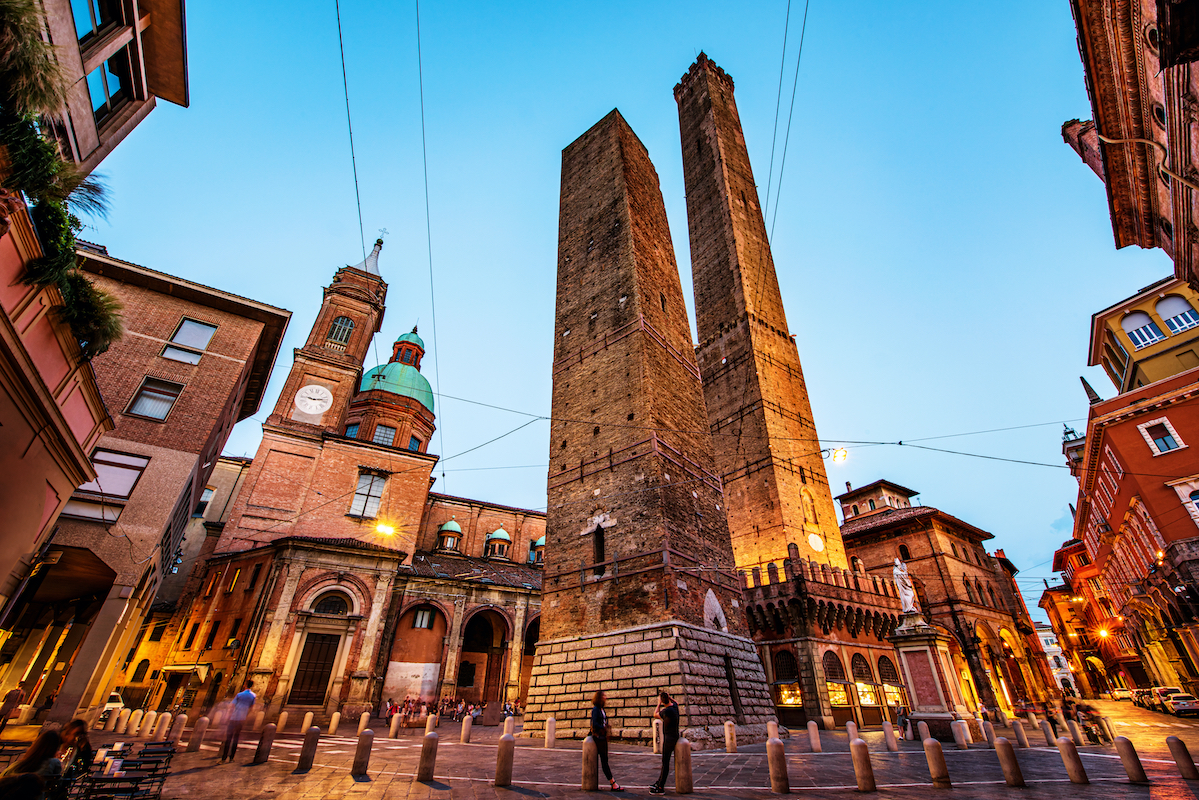
Exactly how much the region loves fast cars was suitably demonstrated on a visit to the Modena Autodrome: Italians seemingly have a need for speed coursing through their veins and programmed into their very psyche. In front of me lay a choice between a Ferrari 488 and a Lamborghini Huracán Super Trofeo, both cars looking stupefyingly, scarily fast. After a quick safety briefing I found myself helmeted up and clambering into the driver’s ‘cage’ of the Lamborghini, very grateful to have a pro in the passenger seat to talk me through the next couple of laps.
I cautiously navigated the first few corners, the engine impatiently imploring me in deep growls to speed up. I’m not an experienced or fast driver, but thanks to the adrenaline it literally felt as though I was flying. Soon I turned into a long straight and accelerated ‘pedal to the metal,’ the engine now howling joyfully at being released into its natural state, while the G-force pushed my helmet back against the headrest. It’s an outing I won’t easily forget, and the video recording I received at the end means I definitely won’t. The experience can be booked on the Autodrome website, and it’s possible to choose your choice of car and preferred number of laps.
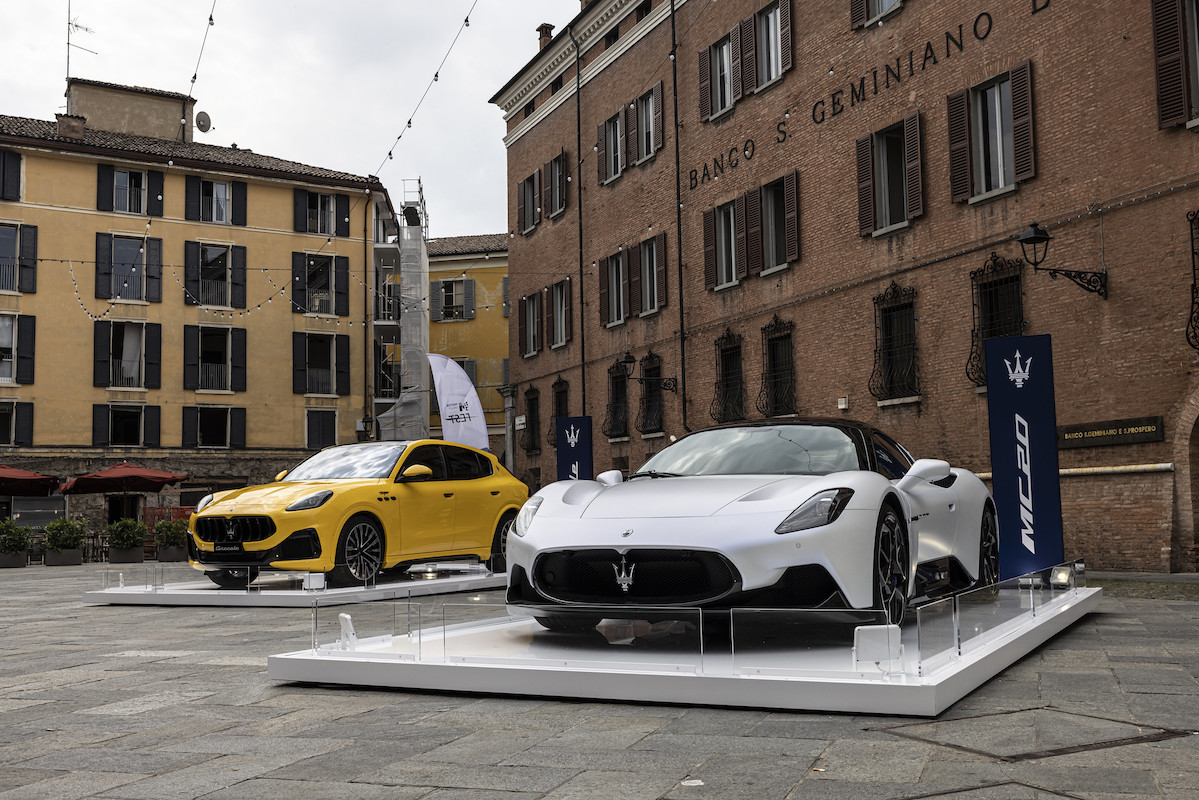
Motor Valley, as the area is also known, is a car enthusiast’s paradise. Ferrari, Lamborghini, Maserati, Pagani, and Ducati (motorbikes) are all based around the towns of Modena and Bologna, and we happily spent the next few days admiring their factories, workshops, showrooms and museums. Ferrari is arguably the biggest brand of them all, and their Maranello ‘town’ (that really is the only way to describe it) houses their factory (a state-of-the-art complex which gives birth to 41 beautiful new machines per day) and their racing department (the Formula One brains trust behind Messieurs Leclerc and Sainz). Both are top secret and closed to the public, with the guided bus tour around the complex only visiting the outside of the buildings.More visitor friendly is the museum, which is open to the public and includes all the glitz and glamour you could hope for, including an interactive pit stop challenge and racing simulators (both are very popular so it’s advisable to book online beforehand). For a more behind the scenes look at the history of Ferrari it’s also worth visiting their Enzo Ferrari Museum in nearby Modena (based at his childhood home).
And just to strengthen the Italian link between cars and food, the Ferrari complex also hosts Cavallino, a Massimo Bottura restaurant serving traditional Emilian dishes as a pit stop for hungry car enthusiasts. What struck me while visiting the area is that every person either works for a car manufacturer, or has family or friends who do, and the pride felt for their place of employment is palpable. Love of the auto industry runs deeply through this region – so don’t arrive on Formula One race day expecting a tour, as everyone will be glued to their television screens. For those looking to plan a trip, the Emilia Romagna Tourist Board provides plenty of inspiration and trip ideas. And in late May of each year Modena hosts the Motor Valley Fest, complete with classic car rallies through the town centre, as an added incentive to visit at that time of year.
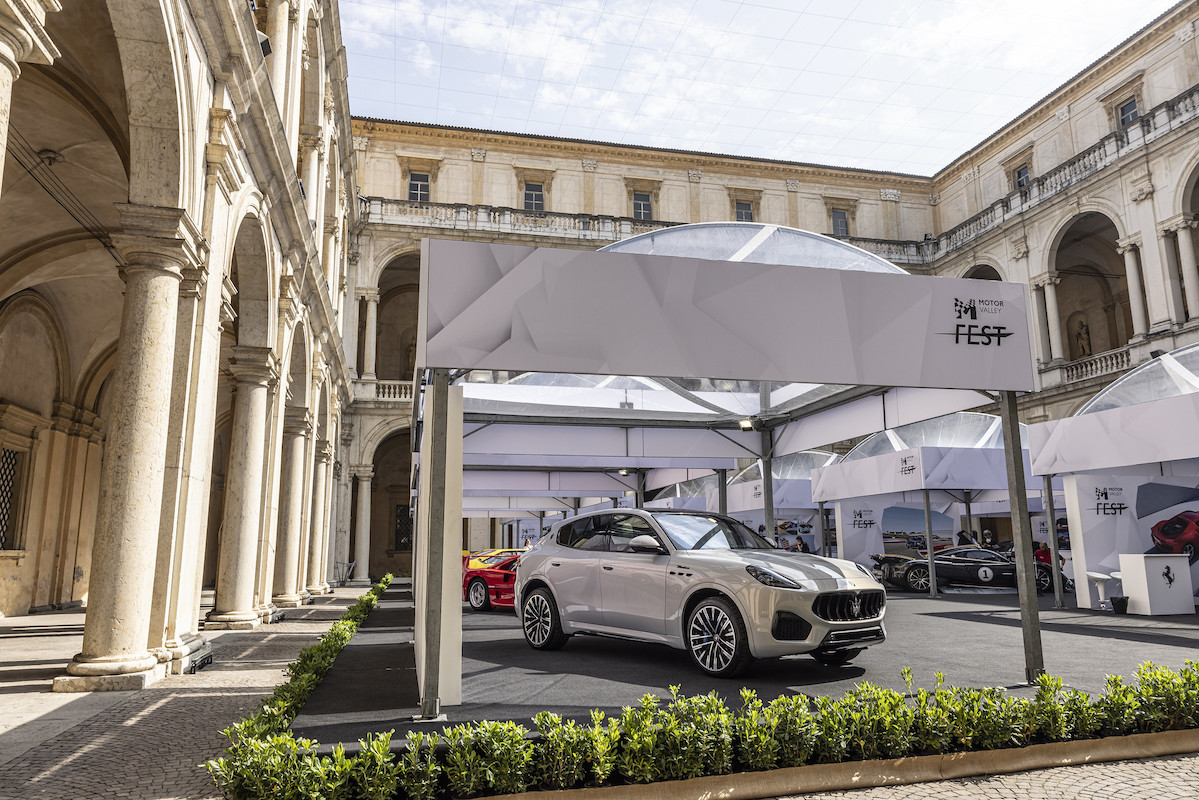
As a non-petrolhead my interest in the technical aspects of the vehicles was always going to be limited. However, each of the brands does have a compelling history, and their factories and museums are fascinating to see. I didn’t know much about Pagani cars, but I was impressed that an Argentinian was able to move to Italy, work for Lamborghini and then start his own line of vehicles – one which now produces only 50 cars per year, but which can sell for up to €14m each. Likewise, I was unaware that Ferruccio Lamborghini was originally a tractor manufacturer: the story goes that he drove a Ferrari, but his bad driving meant the clutch burnt out regularly.
After a few visits to the Ferrari workshop, he decided to simply replace the part himself with one of his tractor clutches. Surprised at how easy it was (and how much he had been paying Ferrari for these identical parts) he started his own car brand, one which has now rivalled Ferrari for the last six decades. A tour of the assembly plant at the Maserati factory was just as interesting: a detailed and manual process (with many quality control checks) involving 20 mechanics and 84 labour hours per car, meaning only six new cars are produced per day.
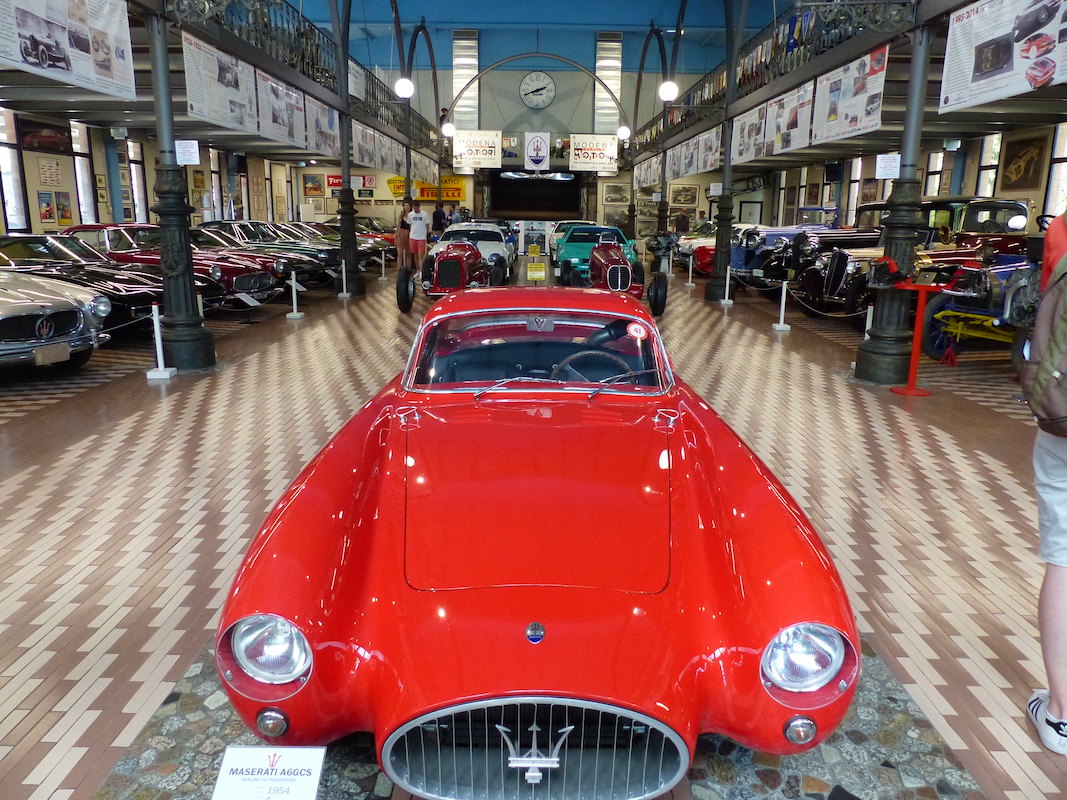
However, there are only so many cars I can appreciate, and so, with much anticipation, I turned my focus to the food and culture of the region. Bologna (as the region’s capital) was first up, and it’s a town well worth exploring on foot: its many cathedrals and 38 kilometres of brightly coloured porticos (a UNESCO world heritage site) are easily accessible and provide vivid reminders of its past. The porticos were originally built as a sneaky way for landlords to increase their first floor living spaces, and were mainly made of wood. As they increased in size it became necessary to build supporting columns for them, leading to the famous arcades that can still be seen all over the city. The delicious foods of the region also point to its past: the Romans with their sheep can be thanked for the cheeses, such as Parmigiano Reggiano, while the Gauls and their love of pork (as any fan of Asterix and Obelix will know) are responsible for the hams and salamis, such as mortadella.
Modena, a short drive away, is an equally fascinating city. It also has porticos and cathedrals scattered generously across the area, as well as the imposing Ducal Palace (over 700 years old). I particularly enjoyed a wine tasting visit to the nearby Giacobazzi Vini Winery, as the Lambrusco wine (sparkling wine) has a unique taste. It may come across as a strange drink the first time you try it, but like all products from the region it is much acclaimed by the locals. After the fourth or fifth time of being enthusiastically offered a glass or two it starts to grow on you, and before long you find yourself buying a few extra bottles for home.
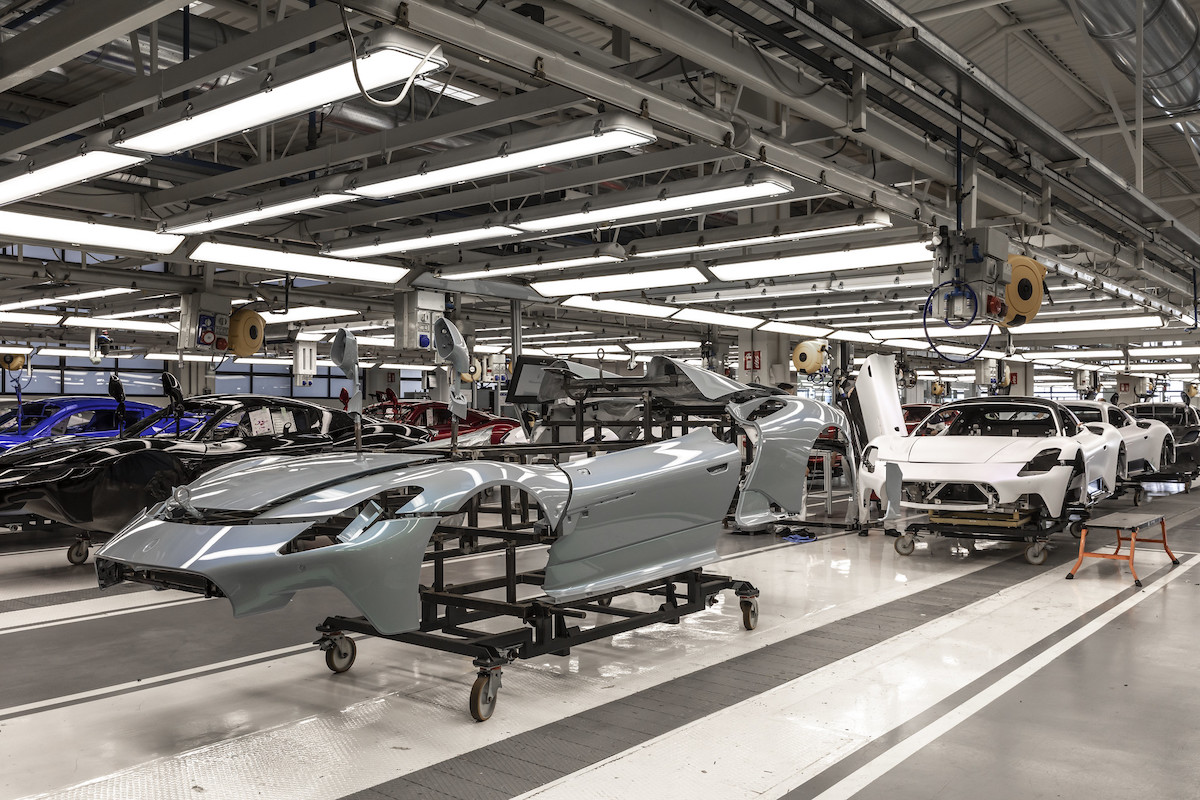
And like everywhere in Emilia Romagna, the link to motorcars is unavoidable: Giacobazzi Vini Winery sponsored the formula one driver Gilles Villeneuve, so their museums most cherished items, alongside traditional winemaking equipment, are racing momentos from the famous driver. The Luciano Pavarotti Museum, established in his former private home, is also well worth a visit. I left with a copy of his cookbook happily tucked under my arm, excited to cook some of the local dishes he had been so fond of.
The food continued to dazzle throughout my trip, and I don’t remember any bad, or even average, meals. Lunches and dinners can easily stretch to five or even six courses, and each meal is there to be savoured, experienced and relished. The hams were delicately delicious, the cheeses bold and flavoursome, and even the Lambrusco, once maligned by locals, tasted more like a fine wine with each course. Once again, as with the car factory tours, I found myself delighted by some of the quirkier aspects of this very serious business of food.
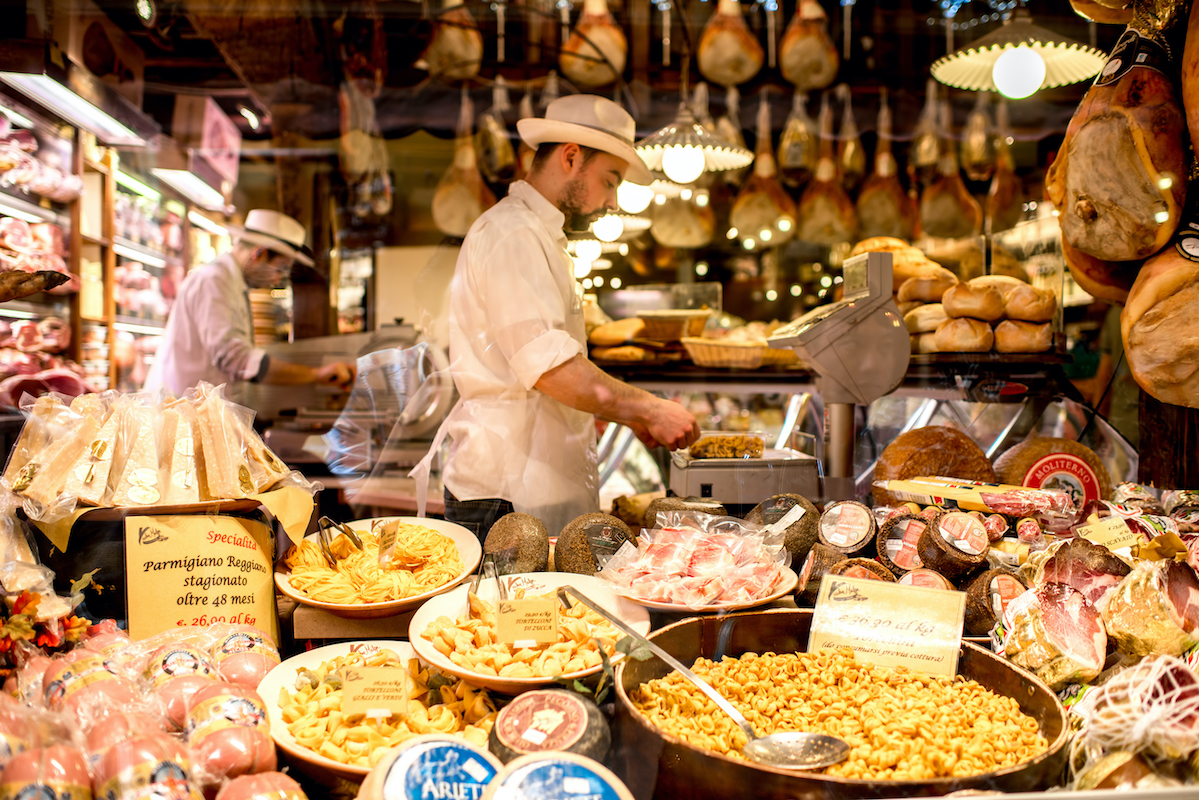
To request a cappuccino after a meal is to instantly incur the disapproval of your host: Italians strictly only drink these in the mornings. And to mention spaghetti bolognaise is to instantly feel the room temperature drop a few degrees (the correct dish is tagliatelle al ragù). Emilia Romagna even has the highest number of DOP products (44) in Italy (legal status meaning they can only be produced there) such as prosciutto di Parma (Parma ham), Parmigiano Reggiano (parmesan) and mortadella (cured meat).
As my trip drew to a close, I found myself admiring the passion Italians so vibrantly feel towards their homeland and their way of life, and very grateful I had been able to see, feel and taste a small part of this wonderful region for myself.







